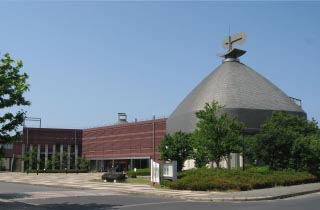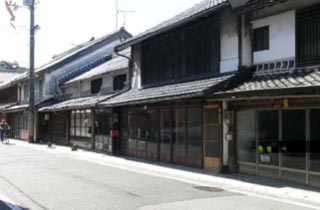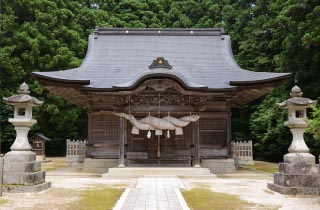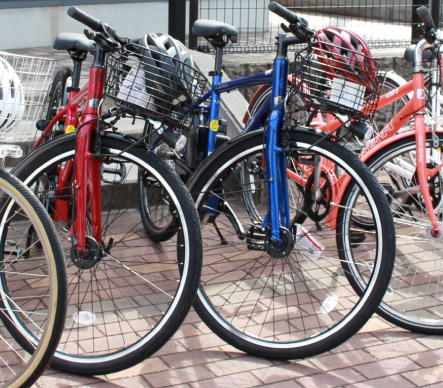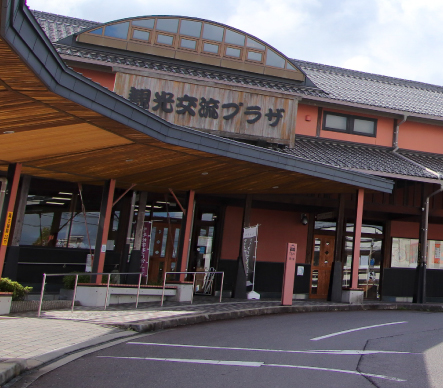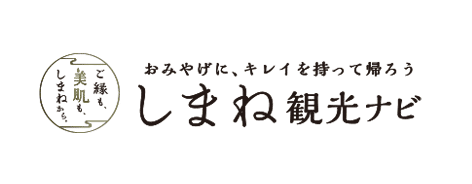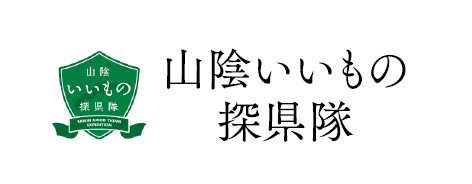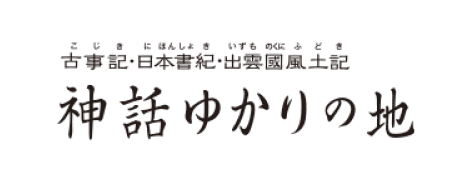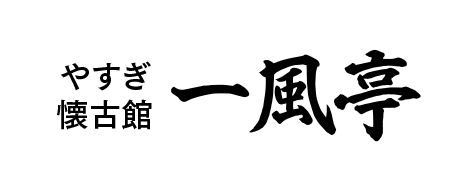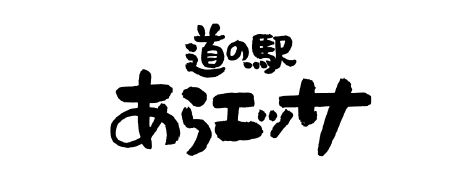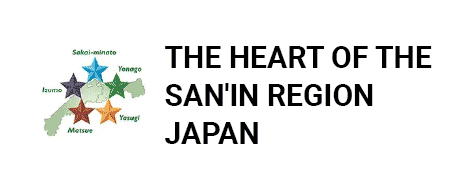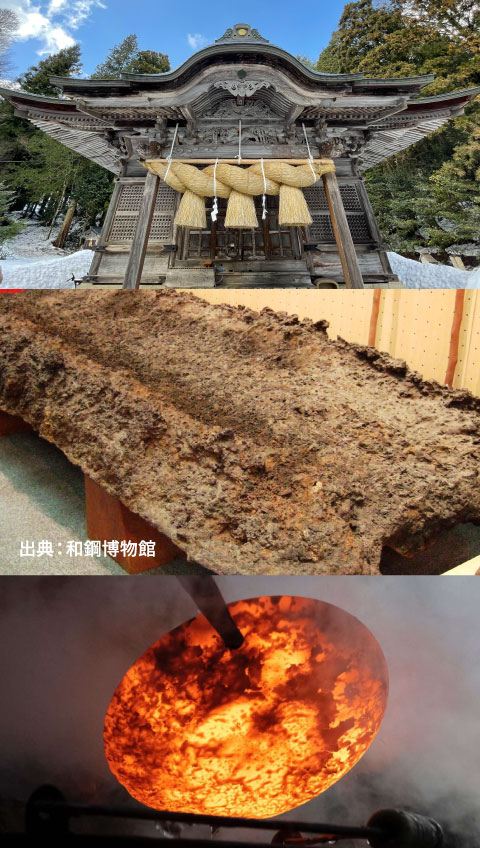
 Iron and Tatara Town
Iron and Tatara Town
The “iron” created by the wisdom and efforts of our predecessors
Since ancient times, the company has been a part of people’s history, and has been a part of the world’s history.
It exists as an indispensable part of our lives.
Yasugi City is deeply involved in the history of iron manufacturing and
The place where the main shrine of “Kanayago Shrine,” which enshrines the patron god of iron, is located.
Aiming for the energetic power of iron
Now it’s time to go to the sacred land of iron making.
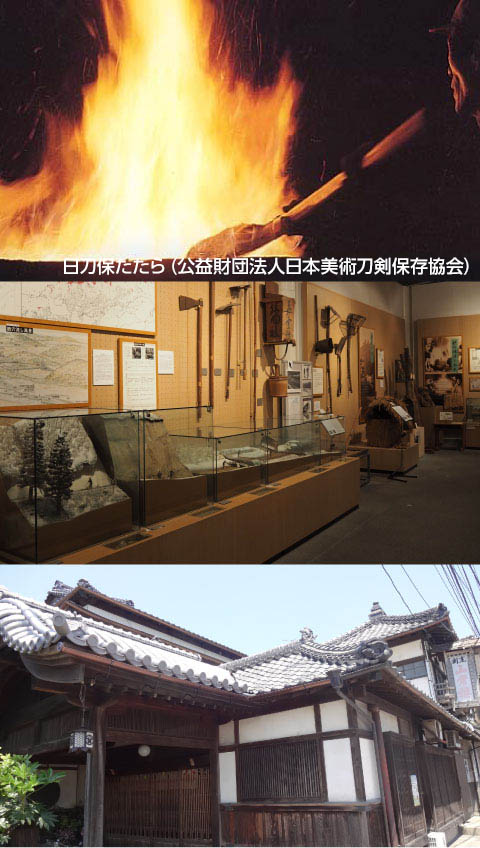
Iron making since ancient times
What is “Tatara Iron Manufacturing”?
Iron manufacturing began in Japan around the late 6th century. Iron manufacturing technology was introduced from the continent and evolved through trial and error during the ancient, medieval, and early modern periods.
Tatara iron making is a method of iron production in which iron sand and charcoal are placed in a furnace like a bath made of clay, and wind is blown through the furnace to burn the iron. From the late Edo period (1603-1868) to the Meiji period (1868-1912), approximately 80% of the nation’s iron was produced in the Chugoku Mountains, centering on the Izumo region.
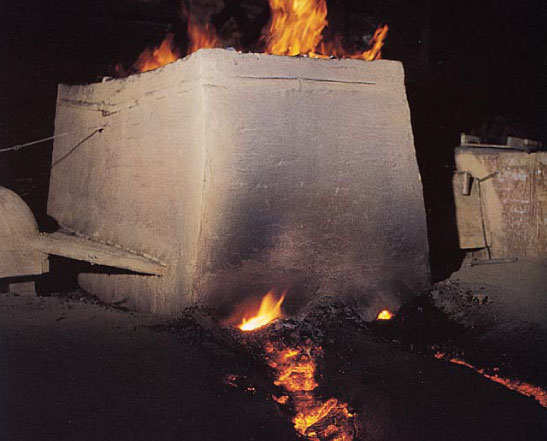 Nittohotara (Japan Sword & Sword Preservation Association)
Nittohotara (Japan Sword & Sword Preservation Association)
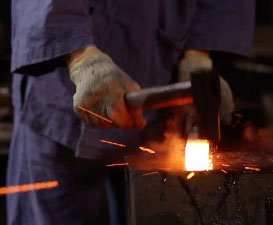
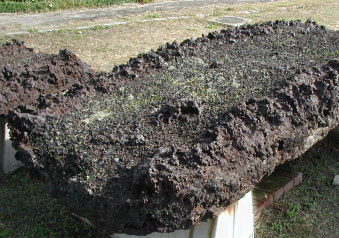 Source: Wakou Museum
Source: Wakou Museum
They changed the terrain!
Kanna sink” for iron sand
Iron sand, the raw material for iron, is extracted from rocks and soil in the kanna (iron pit) process. In the kana-nagashi method, a channel is first drawn through the mountain and the quarried rocks are poured into the channel. The rocks containing a large amount of iron sand are crushed as they flow through the channel, and as they flow downstream, the iron sand and soil gradually separate due to the difference in specific gravity, allowing only the iron sand to be separated.
The large amount of earth and sand that flowed out of the river flowed into the downstream area of the river, where it accumulated and greatly affected the topography of some areas. The Yasugi Plain, which stretches along the lower reaches of the Iinashi River that flows through the city, was originally an ocean, but the Kanna Nagashi is said to have created a vast plain.
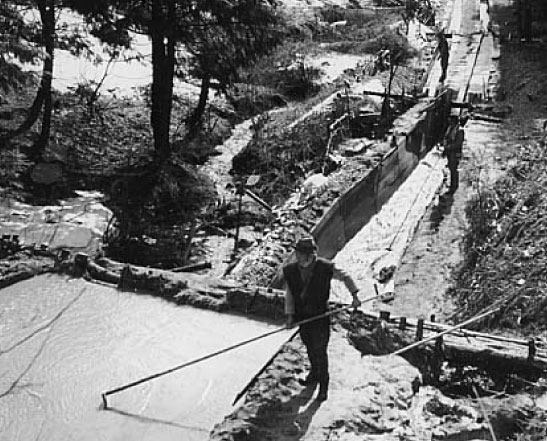 Source: Wakou Museum
Source: Wakou Museum
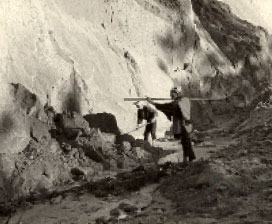 Source: Wakou Museum
Source: Wakou Museum
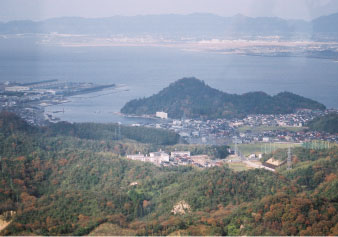
Yasugi, a town that prospered as an iron shipping port
From the Edo period (1603-1867) to the early Meiji period (1868-1912), the port of Yasugi, which faces the Naka Sea, flourished as a port for iron shipments. A large amount of iron was shipped from here to the rest of the country, supporting the development of industry in each region.
The street leading to the port from the present Yasugi Station is lined with buildings such as iron wholesalers, shipping agents, and ryotei (traditional Japanese restaurants).
Tatara iron manufacturing reached the height of its prosperity, but declined in the Meiji era (1868-1912) due to Western iron manufacturing technology. However, Yasugi City inherited the tatara iron manufacturing technology, which has been passed down to the present as a high-grade specialty steel brand called “yasuki-hagane.
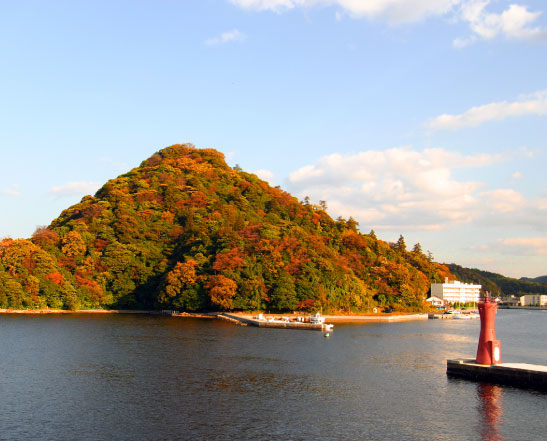
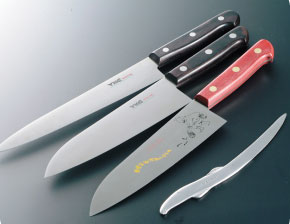
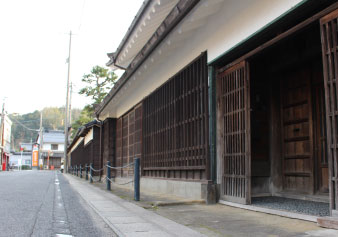
Kanayago Shrine, the main shrine of the God of Iron
In Hirose Town, there is the Kanayago Shrine, which is dedicated to Kaneyago-kami, the god of iron manufacturing and blacksmithing. According to a book written in 1871, Kanayago-kami rode down on a white heron from Harima Province to Katsura-no-Ki in this area and taught people the art of iron making. Kanayago-kami was always enshrined at the tatara, and katsura trees were planted. Since then, Kanayago Shrine has been deeply worshipped as a guardian deity for people engaged in foundry work, and is known as the head shrine of the 1,200 Kanayago Shrines throughout Japan.
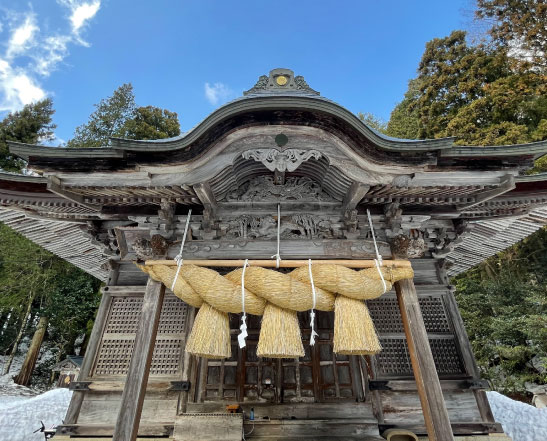
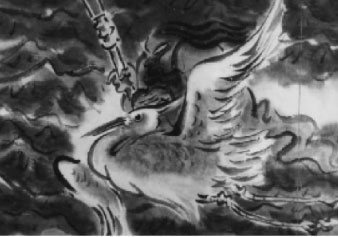 Source: Wakou Museum
Source: Wakou Museum
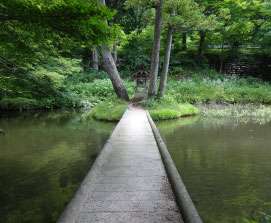

Is the kanayago-kami jealous?
women are forbidden to enter a tatara house
Iron has a tough, masculine image, but the god of iron, Kanayago-kami, is a goddess. However, according to one theory, she is not a very good-looking goddess, and it is said that she was jealous of the presence of women, which prevented the production of high-quality iron.
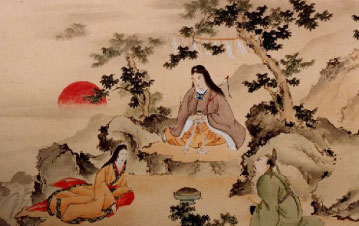 Source: Wakou Museum
Source: Wakou Museum
Related Spots




